In Insert Coin, we look at an exciting new tech project that requires funding before it can hit production. If you'd like to pitch a project, please send us a tip with "Insert Coin" as the subject line.

Now that Google Glass and Oculus Rift have entered the zeitgeist, might we start to see VR and AR products popping up on every street corner? Perhaps, but Meta has just launched an interesting take on the concept by marrying see-through, stereoscopic, display glasses with a Kinect-style depth sensor. That opens up the possibility of putting virtual objects into the real world, letting you "pick up" a computer-generated 3D architectural model and spin it around in your hand, for instance, or gesture to control a virtual display appearing on an actual wall. To make it work, you connect a Windows PC to the device, which consists of a pair of 960 x 540 Epson displays embedded in the transparent glasses (with a detachable shade, as shown in the prototype above), and a depth sensor attached to the top. That lets the Meta 1 track your gestures, individual fingers and walls or other physical surfaces, all of which are processed in the PC with motion tracking tech to give the illusion of virtual objects anchored to the real world.
Apps can be created via Unity3D and an included SDK on Windows computers (other platforms will arrive later, according to the team), with developers able to publish their apps on the upcoming Meta Store. The group has launched the project on Kickstarter with the goal of raising $100,000 to get developer kits into the hands of app coders, and though it's no Google, Meta is a Y Combinator startup and has several high-profile researchers on the team. As such, it's asking for exactly half of Glass' Explorer Edition price as a minimum pledge to get in on the ground floor: $750. Once developers have had their turn, the company will turn its attention toward consumers and more sophisticated designs -- so if you like the ideas peddled in the video, hit the source to give them your money.
Filed under: Wearables
Comments
Source: Kickstarter
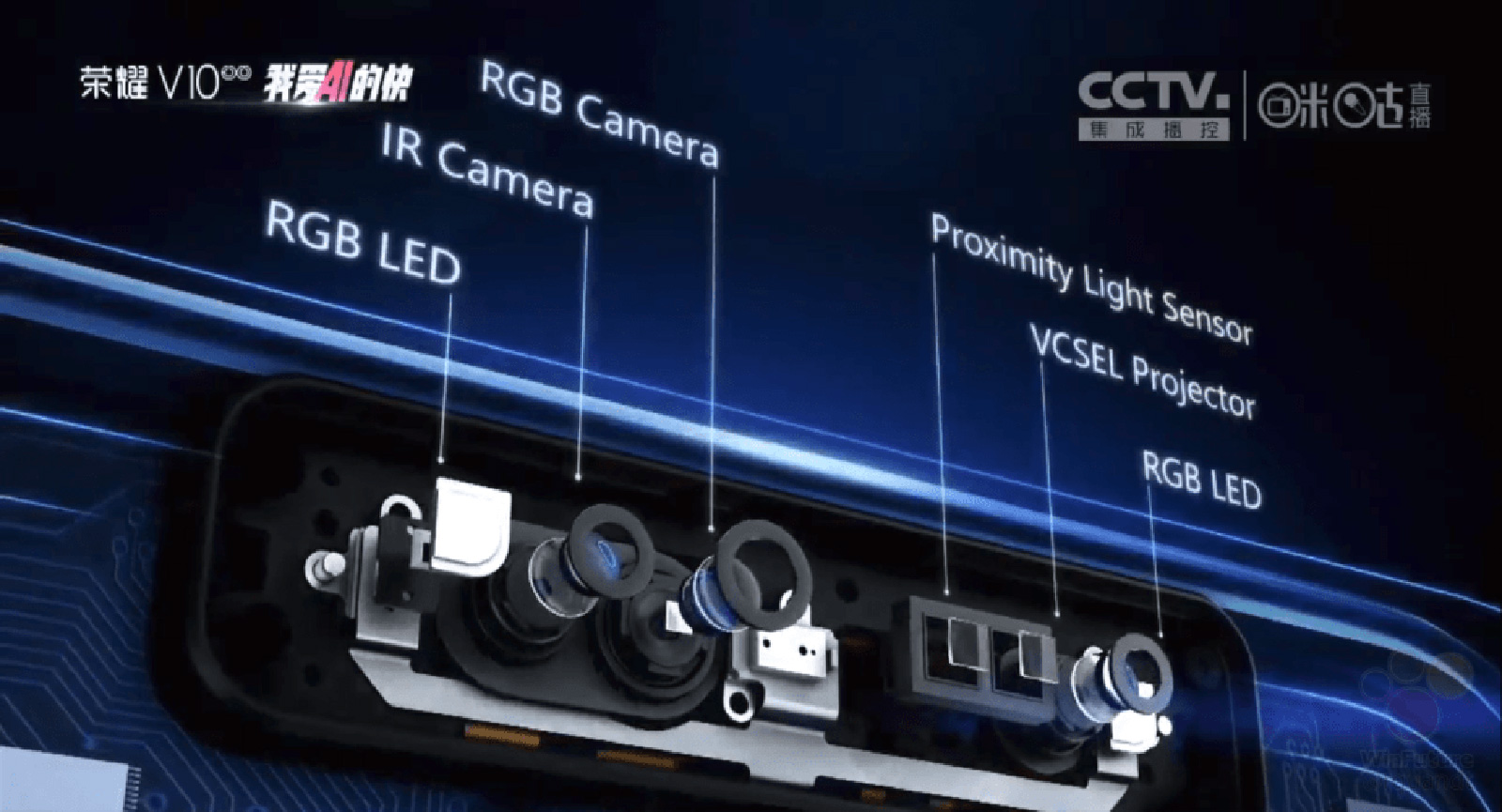 Huawei has a history of trying to beat Apple at its own game (it unveiled a "Force Touch" phone days before the iPhone 6s launch), and that's truer than ever now that the iPhone X is in town. At the end of a presentation for the Honor V10, the compa...
Huawei has a history of trying to beat Apple at its own game (it unveiled a "Force Touch" phone days before the iPhone 6s launch), and that's truer than ever now that the iPhone X is in town. At the end of a presentation for the Honor V10, the compa...
 Huawei has a history of trying to beat Apple at its own game (it unveiled a "Force Touch" phone days before the iPhone 6s launch), and that's truer than ever now that the iPhone X is in town. At the end of a presentation for the Honor V10, the compa...
Huawei has a history of trying to beat Apple at its own game (it unveiled a "Force Touch" phone days before the iPhone 6s launch), and that's truer than ever now that the iPhone X is in town. At the end of a presentation for the Honor V10, the compa...
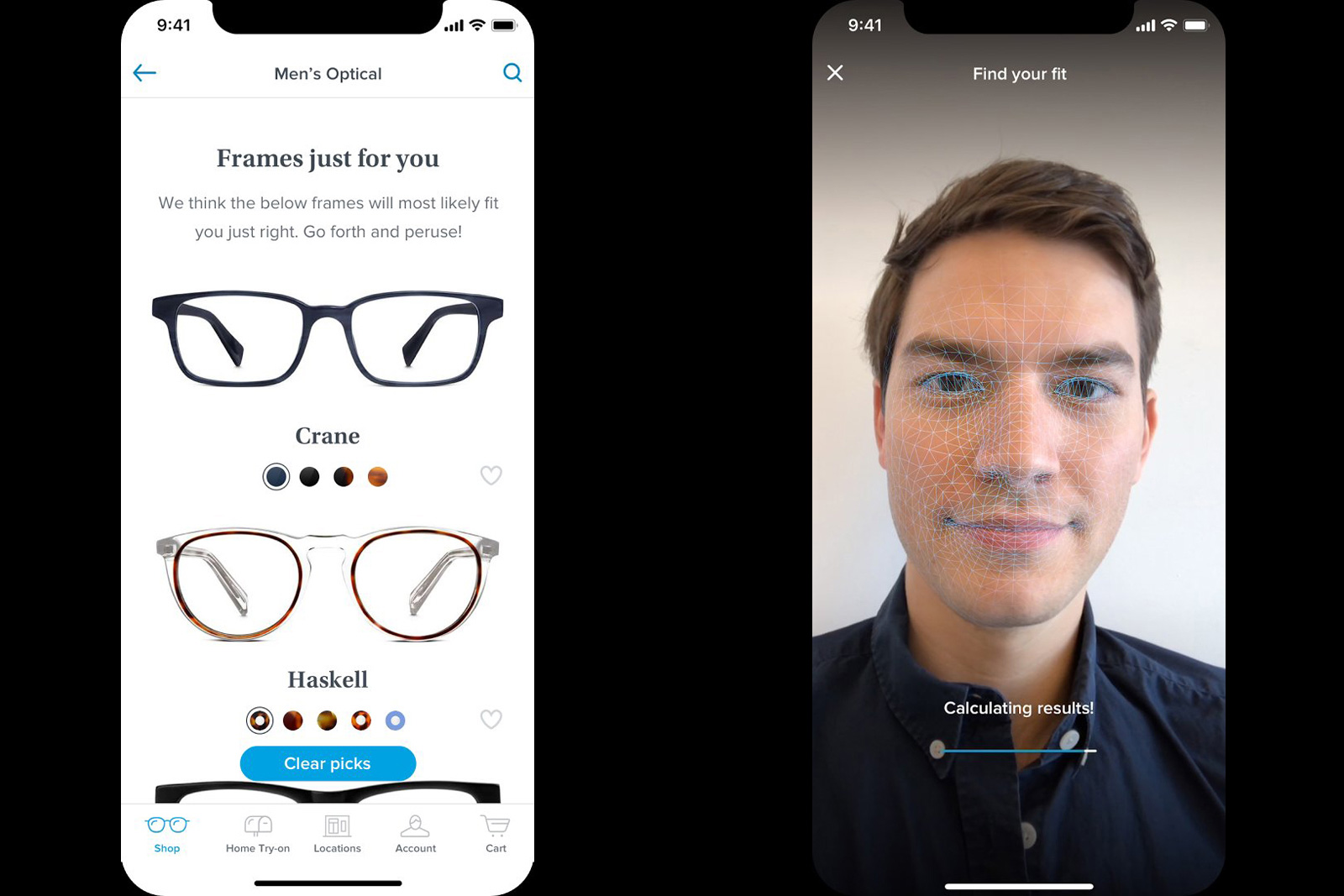 The depth-sensing front camera on the iPhone X isn't just useful for unlocking your phone or making silly emoji clips. Eyewear maker Warby Parker has updated its Glasses app for iOS to include an iPhone X-only recommendation feature. Let the app scan...
The depth-sensing front camera on the iPhone X isn't just useful for unlocking your phone or making silly emoji clips. Eyewear maker Warby Parker has updated its Glasses app for iOS to include an iPhone X-only recommendation feature. Let the app scan...
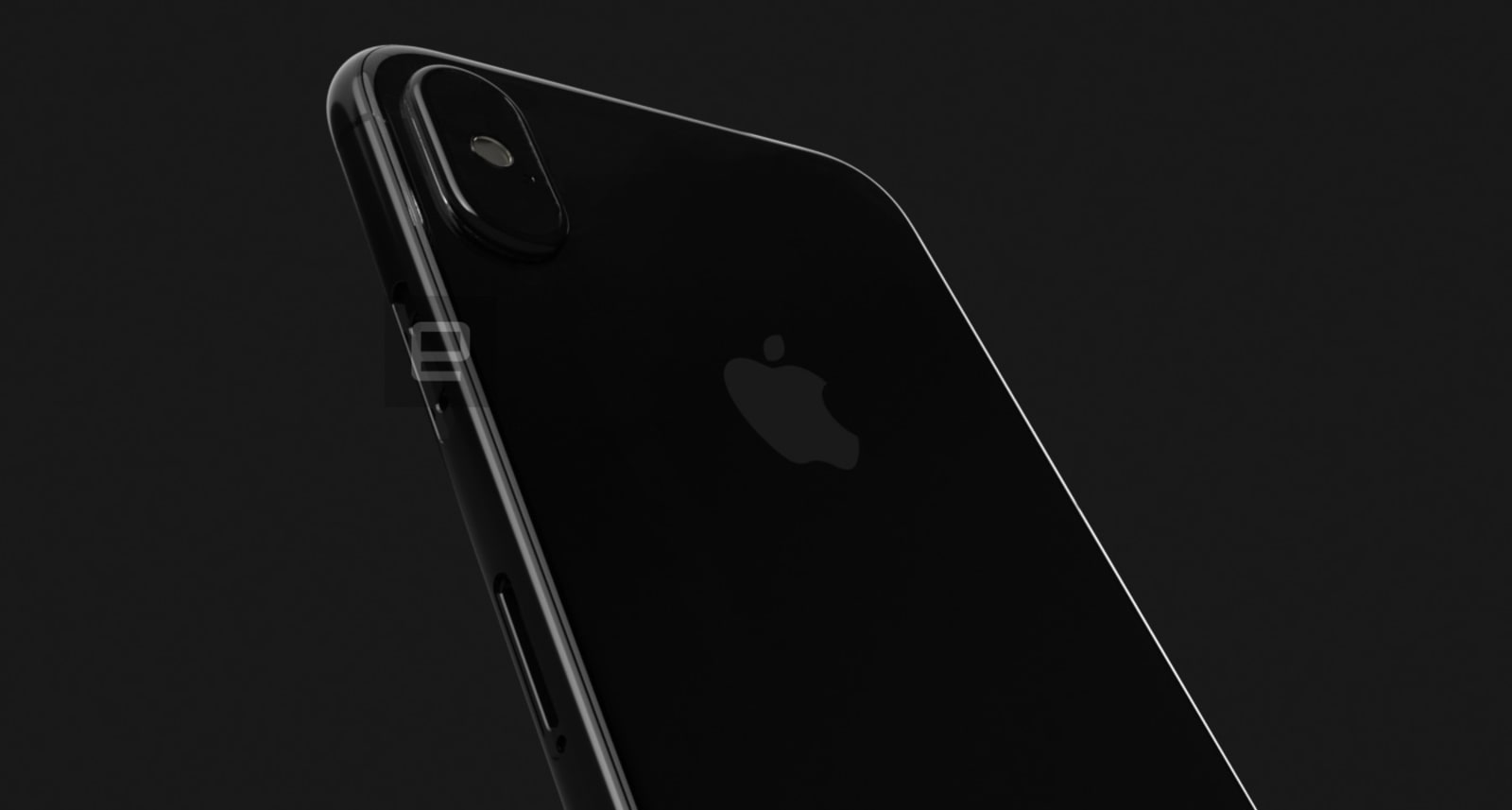 Rumormongers have long claimed that Apple might include face recogition in the next iPhone, but it's apparently much more than a nice-to-have feature... to the point where it might overshadow the Touch ID fingerprint reader. Bloomberg sources unders...
Rumormongers have long claimed that Apple might include face recogition in the next iPhone, but it's apparently much more than a nice-to-have feature... to the point where it might overshadow the Touch ID fingerprint reader. Bloomberg sources unders...
 Intel is making it extra-clear that computer vision hardware will play a big role in its beyond-the-PC strategy. The computing behemoth has just acquired Movidius, a specialist in AI and computer vision processors. The Intel team isn't shy about it...
Intel is making it extra-clear that computer vision hardware will play a big role in its beyond-the-PC strategy. The computing behemoth has just acquired Movidius, a specialist in AI and computer vision processors. The Intel team isn't shy about it...
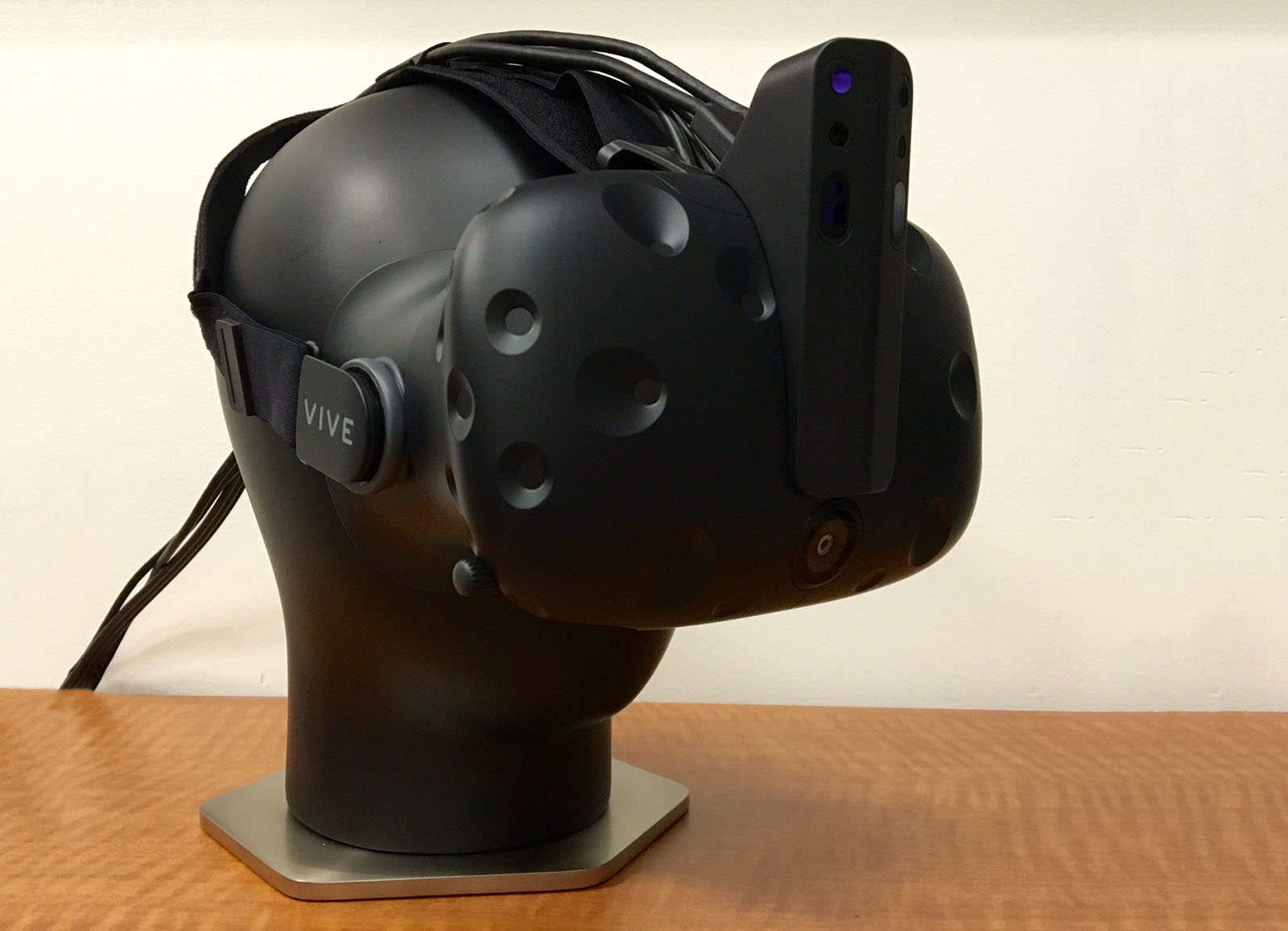 Intel scientist Dimitri Diakopoulos revealed a sneak peek of an interesting depth sensing camera that attaches to HTC's Vive headset. "I felt that VR needed a solid unicorn peripheral with six additional cameras," he tweeted. The device, presumably b...
Intel scientist Dimitri Diakopoulos revealed a sneak peek of an interesting depth sensing camera that attaches to HTC's Vive headset. "I felt that VR needed a solid unicorn peripheral with six additional cameras," he tweeted. The device, presumably b...
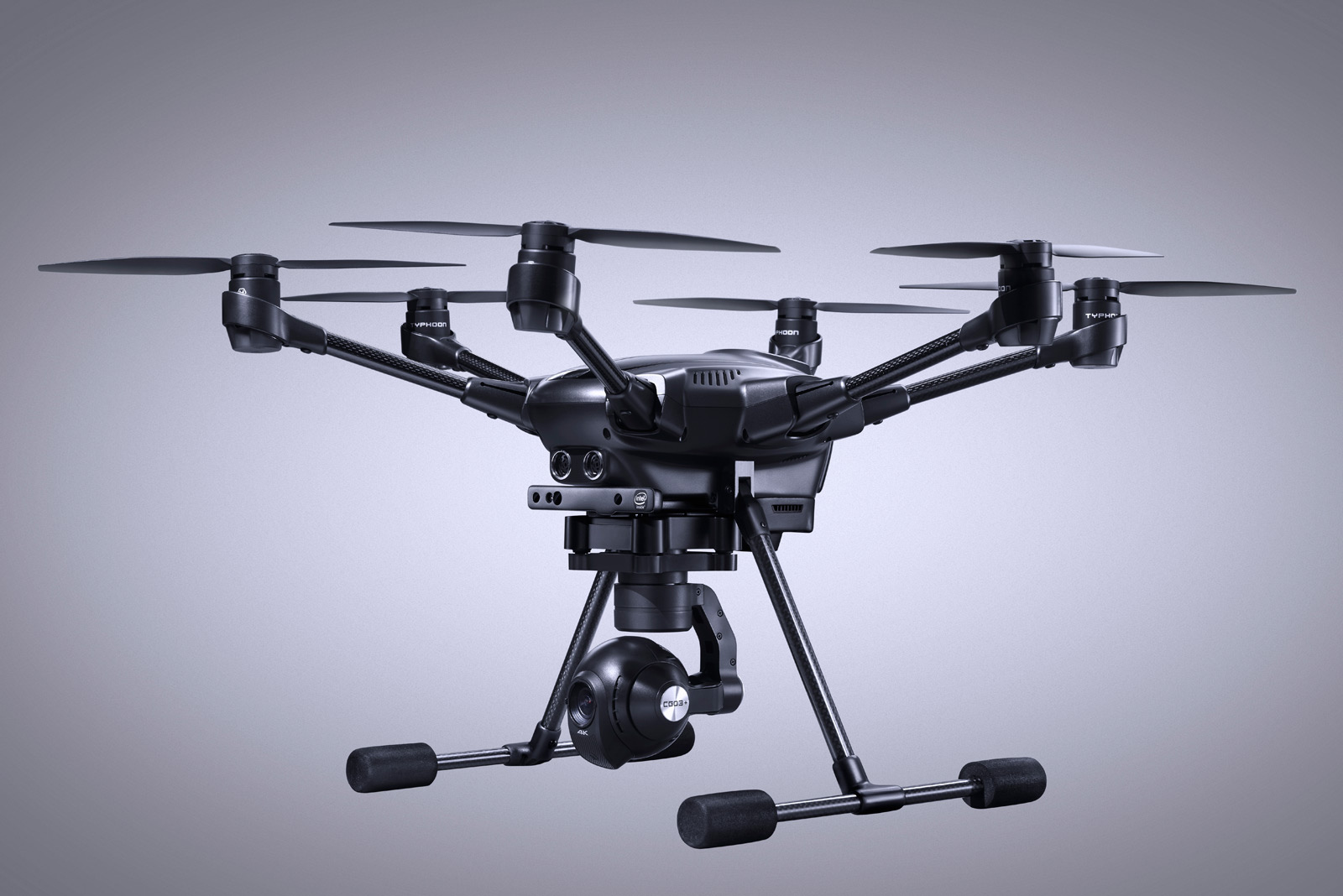 Have you been curious to see how a drone fares when it has Intel's depth-aware RealSense tech onboard? You now have a chance to find out first-hand. Yuneec has started taking pre-orders for the Typhoon H, its first drone with RealSense built-in. P...
Have you been curious to see how a drone fares when it has Intel's depth-aware RealSense tech onboard? You now have a chance to find out first-hand. Yuneec has started taking pre-orders for the Typhoon H, its first drone with RealSense built-in. P...
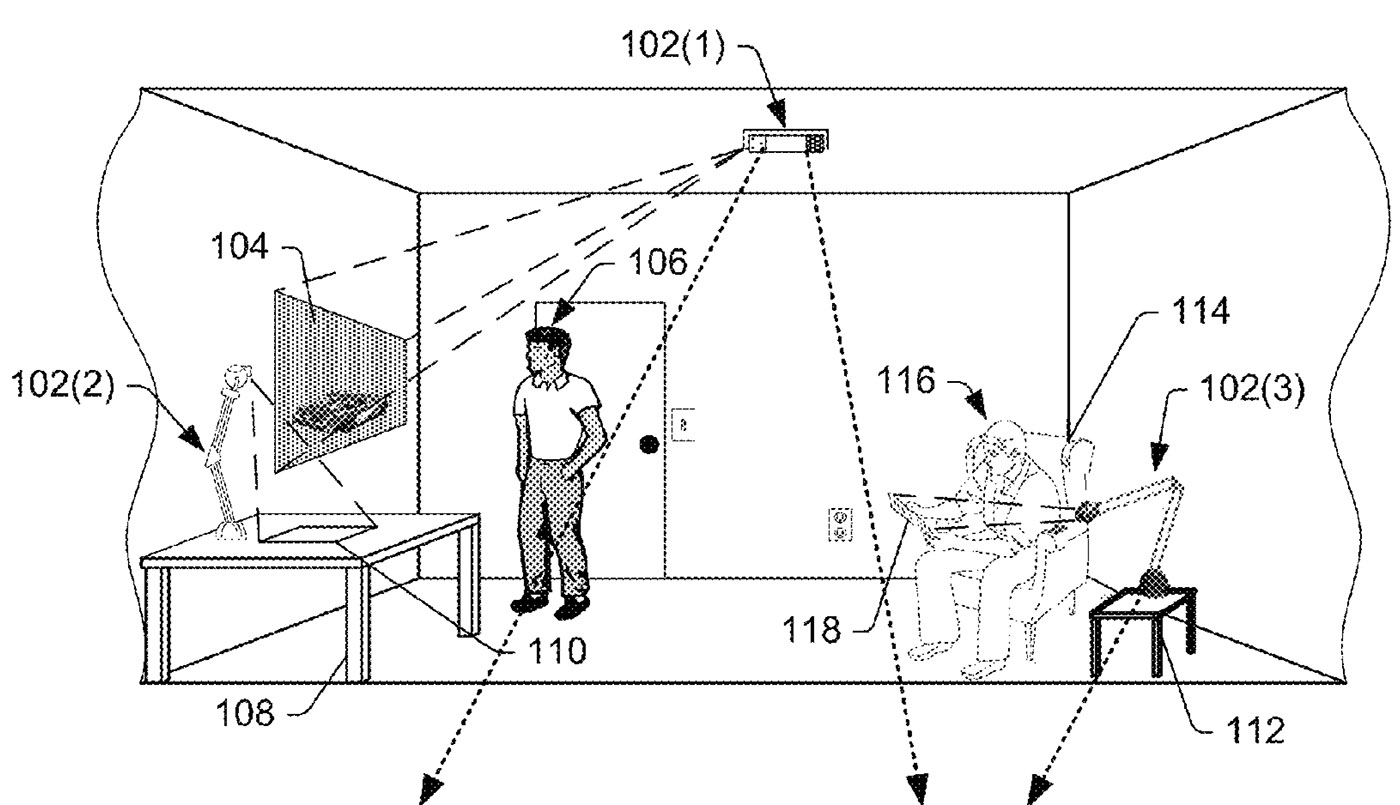 Augmented reality (AR) isn't all headsets and funny glasses. Amazon wants to turn it into something that you can interact with in your living room, judging by a couple of the company's recently approved patents. The "object tracking" patent shows how...
Augmented reality (AR) isn't all headsets and funny glasses. Amazon wants to turn it into something that you can interact with in your living room, judging by a couple of the company's recently approved patents. The "object tracking" patent shows how...
 You don't want to stand in front of an X-ray machine for any longer than necessary, and scientists have found a clever way to make that happen: the Kinect sensor you might have picked up with your Xbox. Their technique has the depth-sensing camera m...
You don't want to stand in front of an X-ray machine for any longer than necessary, and scientists have found a clever way to make that happen: the Kinect sensor you might have picked up with your Xbox. Their technique has the depth-sensing camera m...



